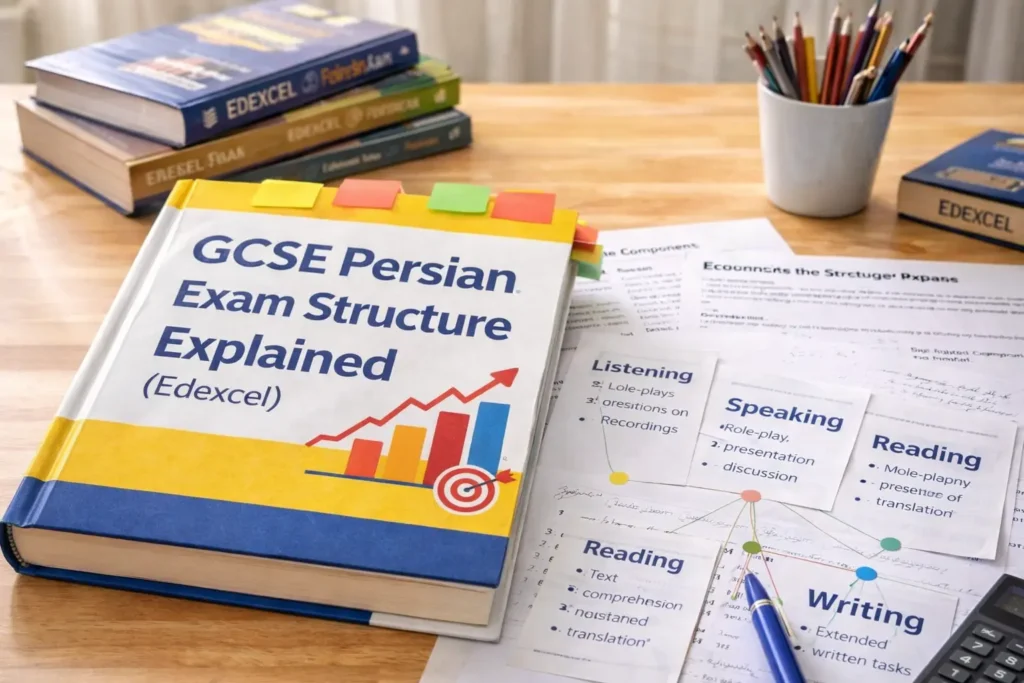What Language is Closer to Farsi?
What language is closer to Farsi? Understanding the linguistic origins and connections of a language like Farsi can provide profound insights into its cultural and historical context. Farsi, also known as Persian, boasts a rich and diverse linguistic heritage. This article explores the linguistic affinities of Farsi, examining its relationship with other languages and its position within the broader Indo-European language family.
Comparison of Farsi with Related Languages
Farsi, being a member of the Iranian branch of the Indo-European language family, shares a plethora of linguistic features with several other languages. Its closest relatives encompass other Iranian languages such as Dari, Tajik, and Pashto. These languages exhibit commonalities in vocabulary, grammar, and historical roots with Farsi, albeit with notable regional variations.
Indo-European Language Family
The vast Indo-European language family encompasses a multitude of languages spoken across Europe, Asia, and parts of the Middle East. Farsi finds its place within the Indo-Iranian sub-branch of this extensive linguistic tree, alongside languages like Kurdish and Balochi. Despite its membership in the same language family, Farsi maintains distinct characteristics that set it apart from other Indo-European languages.
Closest Relatives of Farsi
Within the Iranian branch of the Indo-European language family, Farsi shares an intimate linguistic bond with Persian dialects spoken in neighboring regions. Dari, prevalent in Afghanistan, and Tajik, spoken in Tajikistan, are considered dialects of Persian and exhibit a high degree of mutual intelligibility with Farsi.
Turkic Influence on Farsi
Throughout history, Farsi has been significantly influenced by the languages of neighboring regions, particularly Turkic languages such as Turkish and Azerbaijani. This influence is evident in the borrowing of vocabulary, phonetic alterations, and grammatical structures, reflecting centuries of cultural and linguistic exchange.
Arabic Influence on Farsi
Arabic has left an indelible mark on the development of Farsi, especially following the Islamic conquest of Persia in the 7th century. Arabic loanwords and grammatical constructs have seamlessly integrated into Farsi, enriching its vocabulary and expanding its linguistic repertoire.
Comparison with Other Indo-European Languages
While Farsi shares linguistic features with other Indo-European languages such as Sanskrit and Greek, its closest linguistic relatives remain within the Iranian branch of the family. Despite linguistic disparities, Farsi exhibits striking commonalities with these languages, underscoring shared linguistic ancestry and historical interactions.
Geographic Distribution of Farsi
Farsi serves as the primary language in Iran, where it holds official status and serves as a significant cultural symbol. Additionally, it is spoken in parts of Afghanistan, Tajikistan, and other regions inhabited by Persian-speaking communities. The widespread distribution of Farsi reflects its historical and cultural significance across diverse geographical regions.
Historical Context of Farsi Development
The development of Farsi as a distinct language can be traced back to ancient Persia, where it evolved from Old Persian and Middle Persian. Influential periods such as the Sassanian and Safavid empires played pivotal roles in shaping the linguistic identity of Farsi, contributing to its rich vocabulary and literary tradition.
Modern Farsi and Its Variants
Efforts to standardize Farsi have led to the establishment of a unified literary language. Despite these standardization efforts, regional variations in pronunciation, vocabulary, and grammar persist, reflecting the diverse cultural and historical influences on the language.
Language Contact and Borrowing
Contact with neighboring languages has facilitated the borrowing of vocabulary and linguistic features in Farsi. Languages such as Arabic, Turkish, and Russian have contributed to Farsi’s lexicon, enriching its linguistic diversity and cultural heritage.
Impact of Farsi on Other Languages
Farsi has exerted significant influence on neighboring languages through cultural exchange and trade. Persian loanwords can be found in languages such as Urdu, Kurdish, and Azerbaijani, highlighting the historical significance of Farsi as a lingua franca in the region.
Future of Farsi
The future trajectory of Farsi is shaped by ongoing social, political, and technological changes. While efforts to preserve and promote the language persist, challenges such as globalization and language shift pose formidable threats to its vitality. However, initiatives aimed at standardizing Farsi and promoting its use in education and media offer hope for its continued relevance in the modern world.
Why Danaa School?
Danaa School is committed to preserving and promoting the rich cultural heritage of Persian literature. With a curriculum designed to inspire and educate, Danaa School allows students to explore the world of the Persian poetry and discover the profound wisdom and beauty contained within.
Through engaging lessons, interactive activities, and immersive experiences, Danaa School students learn about the legendary Persian poets and develop a deeper appreciation for the cultural heritage that continues to shape their identity and worldview.
FAQs
Is Farsi similar to Arabic?
While Farsi has borrowed vocabulary and grammatical structures from Arabic, it remains distinct as an Indo-European language with its own linguistic characteristics.
Is Farsi similar to Russian?
Farsi and Russian are not closely related linguistically. Farsi belongs to the Indo-Iranian branch of the Indo-European language family, while Russian is a Slavic language.
What languages are mutually intelligible with Farsi?
Dari and Tajik, which are dialects of Persian, are mutually intelligible with Farsi to a significant extent due to their shared linguistic heritage.
Is Farsi similar to Turkish?
Farsi and Turkish belong to different language families and exhibit distinct grammatical and lexical features. However, there may be some loanwords and cultural influences between the two languages due to historical interactions.
Can an Arabic speaker understand Farsi?
Arabic speakers may find some similarities between Farsi and Arabic, particularly in vocabulary and certain grammatical structures. However, mutual intelligibility may vary depending on the speaker’s proficiency and exposure to the other language.
Can Arabic read Farsi?
Arabic script is used for writing Farsi, with additional characters to accommodate Persian phonology. While Arabic speakers may recognize some words in written Farsi, full comprehension may require familiarity with Persian vocabulary and grammar.
Is Farsi close to Hebrew?
Farsi and Hebrew belong to different language families and have distinct linguistic origins. While there may be occasional lexical borrowings between the two languages, they are not considered closely related.
Conclusion
In conclusion, Farsi occupies a distinctive position within the Indo-European language family, characterized by close linguistic ties with other Iranian languages and historical influences from neighboring regions. Understanding the linguistic context of Farsi enriches our appreciation of its cultural heritage and contributes to broader discussions of language diversity and evolution.
Nurture your language skills with Danaa School’s fantastic Farsi program! Our engaging curriculum is tailored for young learners, making Farsi learning enjoyable and effective. With fun activities and experienced teachers, we create a supportive environment.







